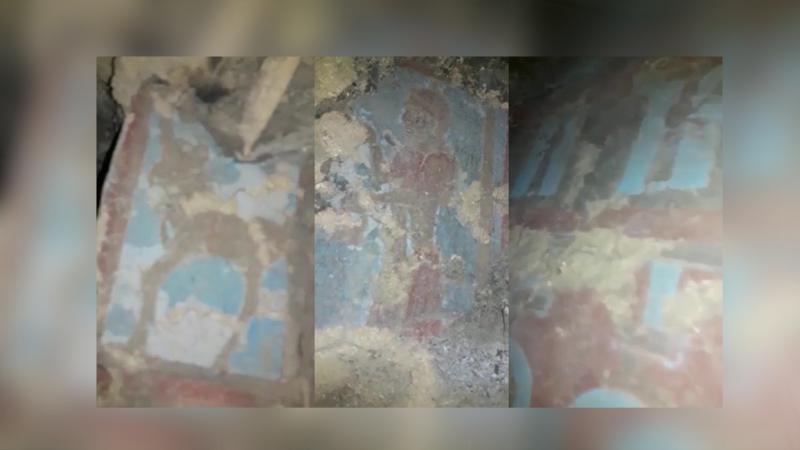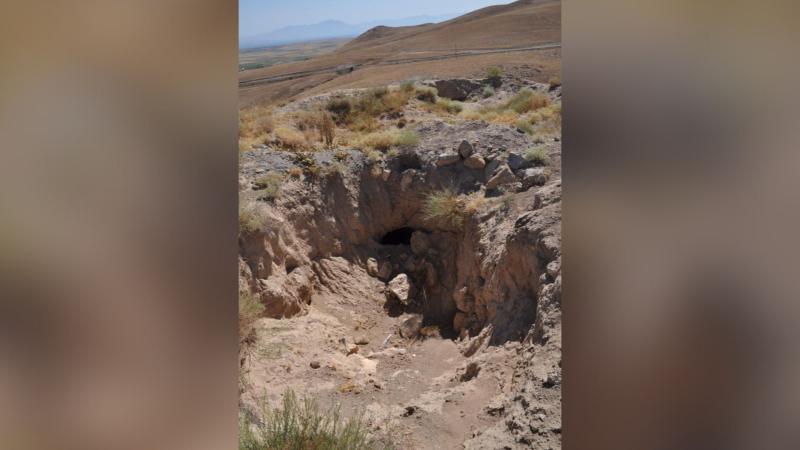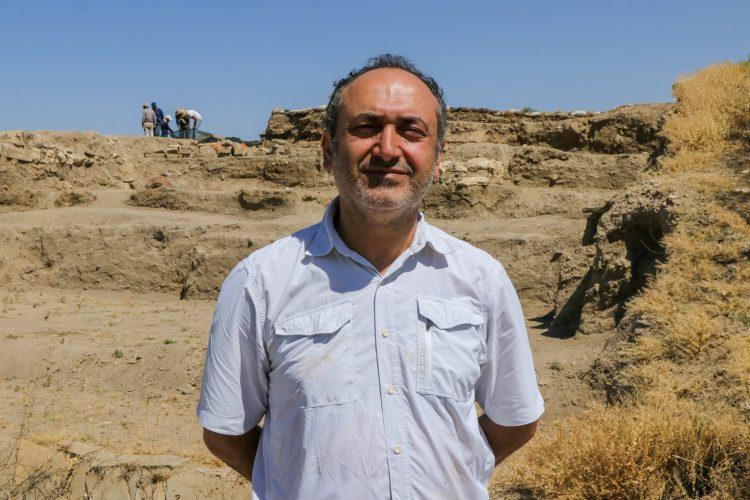Water poured onto 2,700-year-old Turkish frescoes to get ‘better pictures’
Experts have warned that such actions are extremely harmful for ancient heritage, writes Cihat Arpacik

This article first appeared in our partner site, Independent Turkish
The discovery of a 2,700-year-old Urartian temple by treasure hunters in the region of Van in eastern Turkey was a cause of celebration.
There was double joy as inside the temple were frescoes dating back to the same age.
But any joy at such discoveries has been tempered in recent weeks after it was also found officials and journalists allegedly entered the excavation tunnel, where it is claimed that they drenched the frescoes in water “to make them look better” for photographs
Officials have now called in guards to protect the area.

Dr. Erkan Konyar, Associate Professor of History at Istanbul University, has engaged in research and archaeological excavations on Urartu for years.
He told Independent Turkish that he could not "understand how such destruction was done in an area under the control of the security forces and under the jurisdiction of the Van Provincial Directorate of Culture and Tourism”.
He added: “Water means death for these wall paints processed on mud plaster 2,700 years ago."
Treasure hunters reported the temple to Van Museum after they came across it in illegal excavations and thought it was a church.
This temple, which sheds light on the region’s past, is not the first ancient treasure uncovered by treasure hunters in this region. In 1993, others discovered three basalt lion statues on Garibin Hill and damaged them. The remnants of the statues were then moved to Van Museum.
Prof. Dr. Altan Çilingiroğlu and his team, who had been carrying out excavations in Ayanis Castle since 1989, also did some excavation work on Garibin Hill, where the lion statues were found.
Ayanis Castle, is one of the most important sites of the Urartian kingdom, and was built by King Rusa II on a hill overlooking Lake Van in the sixth century BC.

Garibin Hill had been forgotten until the video recording released by Independent Turkish.
Assoc. Prof. Dr. Konyar, who analysed the footage, says that the blue and burgundy frescoes feature a mountain goat with Urartian religious symbols, figures of people looking at each other and holding a copper pot in one hand and a bud in the other. A possible tree of life is depicted between them.
Explaining that these are "images of fertility" frequently encountered in Urartian visual art, Konyar believes that the site in question was most likely a monumental structure rather than an urban centre such as Ayanis.
Highlighting the proximity of the region to Ayanis, the form of the mountain goat on the exposed fresco, and the lion sculptures, Konyar said that the evidence points to the finds dating to the period of Rusa II, in whose time Urartian arts and sculpture flourished.
“Located in Garibin Hill, the temple would have served as a meeting place for King Rusa of Urartu and his wife Queen Qaquli before they reached Ayanis Castle.
“In fact, it is possible to see the lion motifs in the official and religious structures of Urartu and its contemporary late Hittite states. In this sense, Garibin Hill is incredibly important in terms of Urartian archaeology.”
Translated by Kerim Celik
Reviewed and proofread by Tooba Ali and Celine Assaf






Join our commenting forum
Join thought-provoking conversations, follow other Independent readers and see their replies
2Comments